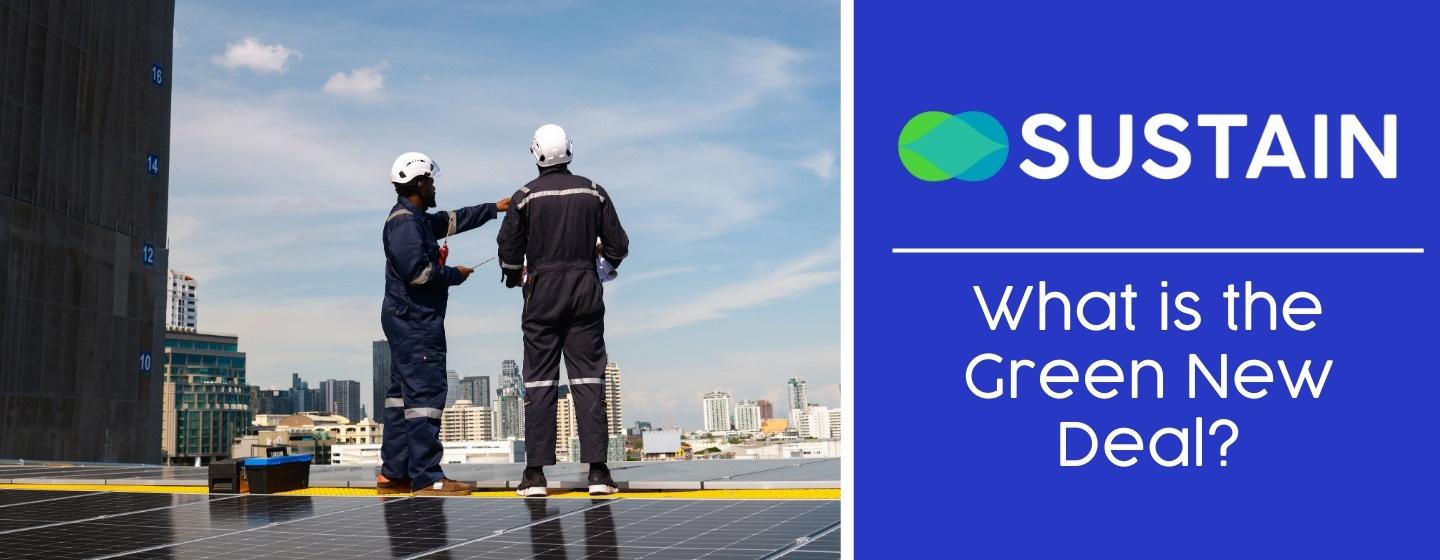What is the Green New Deal?



You may have heard of the Green New Deal but wonder what it involves and how the government would implement a nationwide legislative resolution to address the economy and climate change. The resolution may sound complicated, but many facets proposed in this legislation are already happening at the state and local levels.
The Green New Deal harkens back to President Roosevelt's New Deal in the 1930s, which aimed to re-inflate the economy after the Great Depression. Similarly, the Green New Deal seeks to address economic issues through the lens of climate change by investing in renewable energies at the state, local, and national levels.
Although Congress has not passed this legislation in the United States, several proposals for a "Green New Deal" have existed in the U.S. and internationally since the early 2000s. The latest legislation was introduced into Congress in 2023 to reshape the economy while sharply cutting greenhouse gas emissions. This resolution would specifically affirm climate change and the United States' responsibility to recommit to meeting the recommended emissions goals outlined by the Intergovernmental Panel on Climate Change.
The goals of the Green New Deal include:
The specific means to carry out all of this is left somewhat open and will ultimately depend on what legislation is passed. However, the resolution does stress that it should be the duty of the federal government to address economic and climate issues through public financing, technical expertise, public investment in research and development, stronger enforcement of rules relating to the environment, and the expansion of workers' rights.
Although a national Green New Deal has yet to be passed in Congress, many cities and states are already locally implementing aspects of the resolution. More than 100 cities nationwide have committed to 100% renewable energy solutions. Here are a few examples of state and city initiatives showing how a national Green New Deal could be implemented.
Pittsburgh United launched its Clean Rivers Campaign to address an aging and poorly designed sewer system that causes contaminants from rain runoff to overflow into their local rivers. The program creates family-sustaining jobs, reduces flooding, and improves water and air quality.
The state's Future Energy Jobs bill aims to reduce carbon emissions by 2030 by investing in clean energy options. The bill would partially accomplish this by investing in solar energy for low-income residents. Other investments include building new wind and solar energy options, funding job training to build renewable energy sources, and diminishing the state's reliance on fossil fuels.
The New York City Council passed a bill to update aging and inefficient buildings throughout the city. The bill sets emissions requirements for buildings over 25,000 square feet, with goals to cut emissions by 80% by 2050. Landlords would be required to update buildings with new windows, heating systems, and insulation, ultimately creating thousands of construction and maintenance jobs.
Did you learn something new? Please take a moment to answer this short survey.